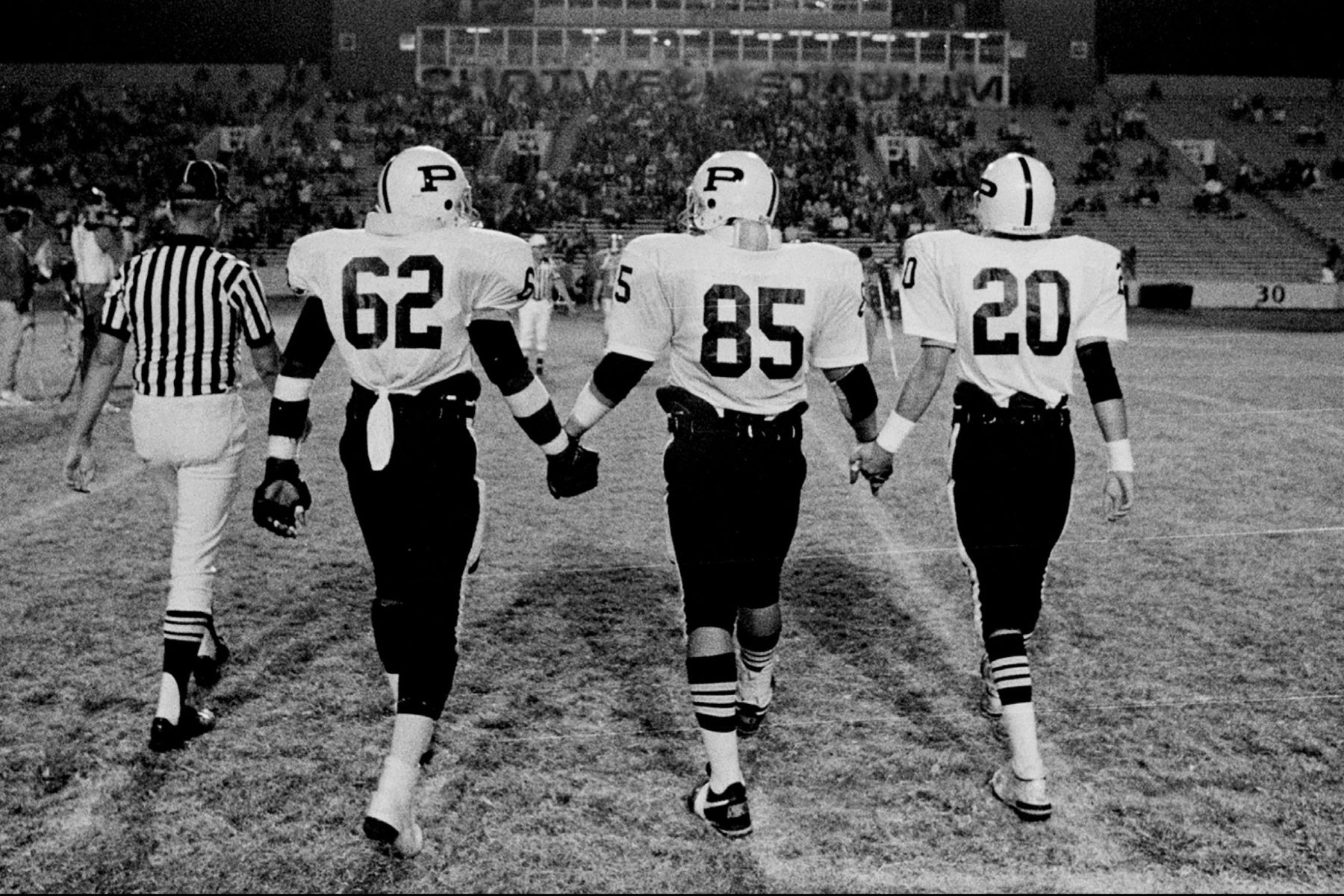
Nearly two decades before America met Coach Taylor, Tyra Collette and Tim Riggins thanks to a TV series on NBC, author Buzz Bissinger shone a spotlight on the world of Texas high school football in Friday Night Lights: A Town, a Team, and a Dream. The photography for the book, which chronicles the 1988 season of the Permian High School Panthers football team in Odessa, Texas, was shot by Robert Clark, then in his early 20s.
Although Bissinger only published about 20 of the photos, Clark shot 137 rolls of film while he was in Texas, and has used some of those photographs in his book Friday Night Lives, a collection of never-before-seen images from his time embedded with the Panthers. “Looking back at these kids, I wasn’t that much older than them at the time. And I remembered my time as a high school athlete and things,” Clark tells InsideHook. “I think I drew upon those experiences to help me shoot this successfully.”
After catching up with Clark last year, we asked him to fill us in on the back-stories that attend a dozen pictures from the book. Here’s what he told us.

“You can see that I don’t think any of the kids are looking at me,” Clark says. “They all took this pretty seriously and didn’t want to miss anything Coach Gaines was going to say. It’s kind of nice the way they honored and respected him. Same with all the coaches. There was definitely a hierarchy though and Coach Gaines was the top.”
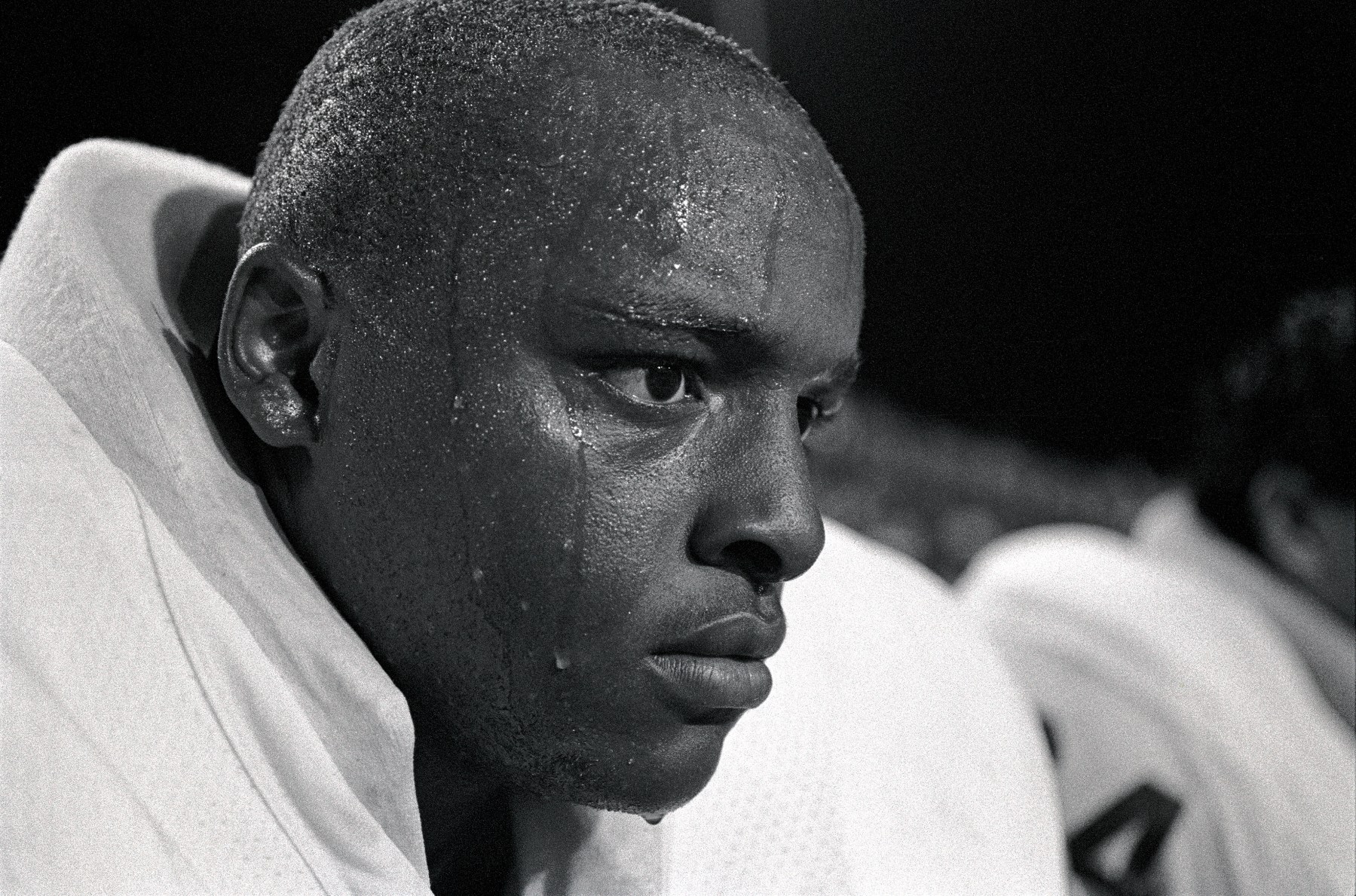
“Ivory was their star linebacker,” Clark says. “He went on to play, I think, two years at Texas Christian University in Fort Worth. He was the only player from that team who went to Division 1. He was no joke. He was a pretty serious guy.”
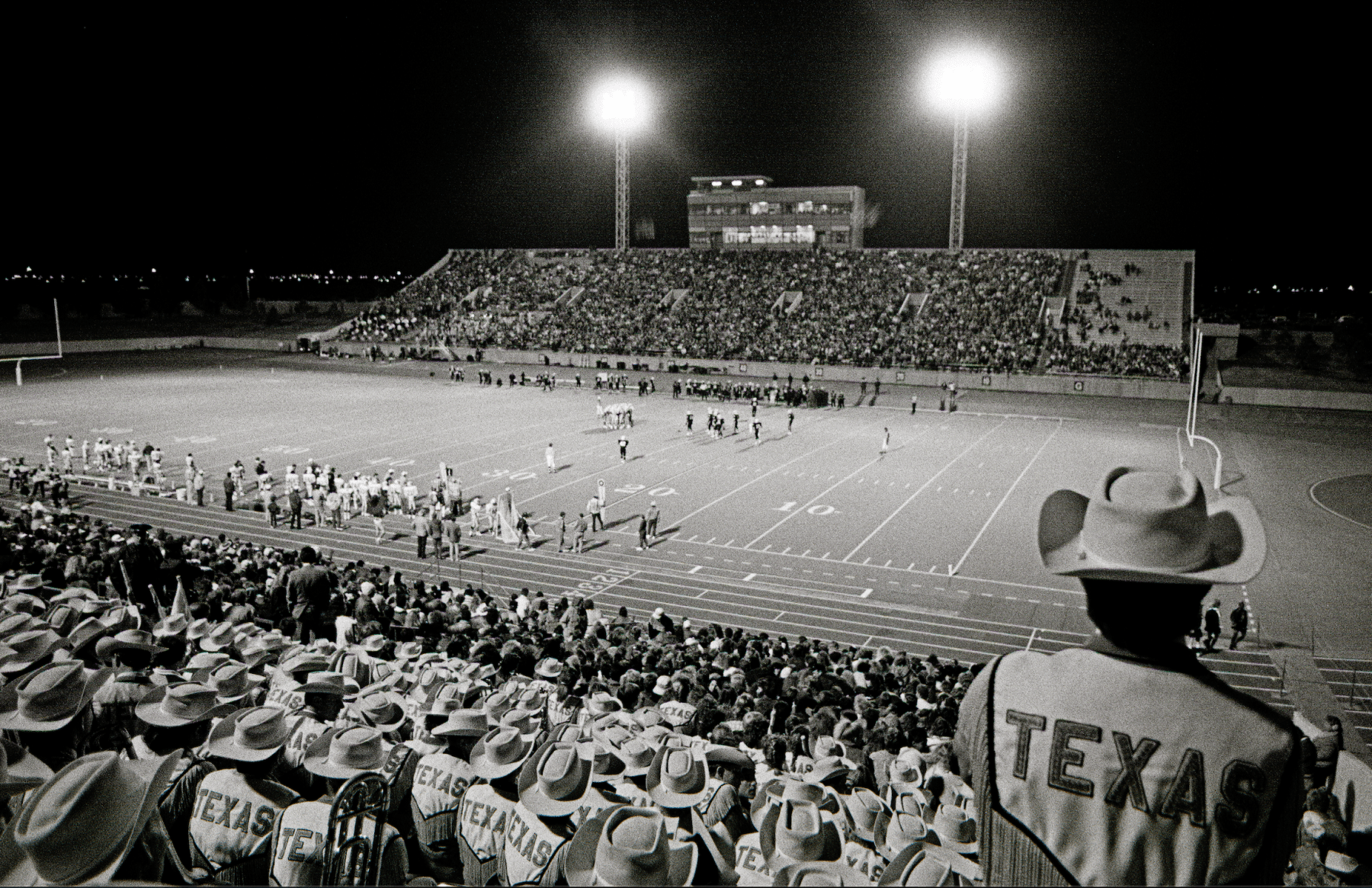
“Ratliff Stadium was built in 1982 and it holds just over 19,000 people. For a high school football stadium, that’s pretty amazing,” Clark says. “I think it was built for $6 million — and that’s in 1982 money. There’s a college team, University of Texas at Permian Basin, that actually played there on Saturdays. That night, the University of Texas band came to play at halftime of the high school football game. It shows the power of the program, that they could pull in a group as impressive as that to come play at a high school. That’s just not normal.”
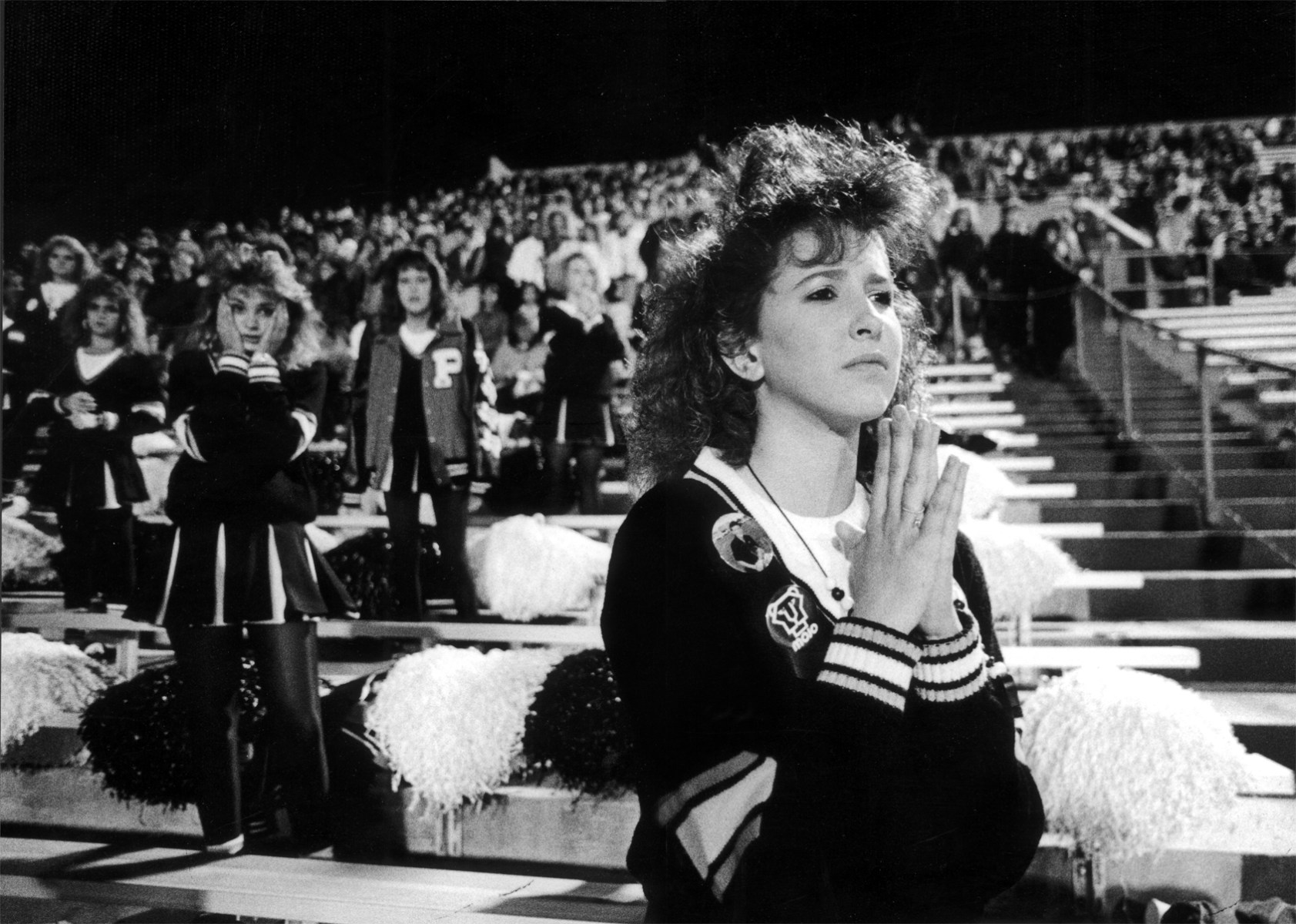
“The hair was crazy out there then,” Clark says. “This was against Midland Lee. They lost and Midland Lee was their arch-rival. There’s Odessa and Midland. They’re both kind of oil towns, but they always said that Odessa is where you went to raise hell and Midland is where you went to raise a family.”
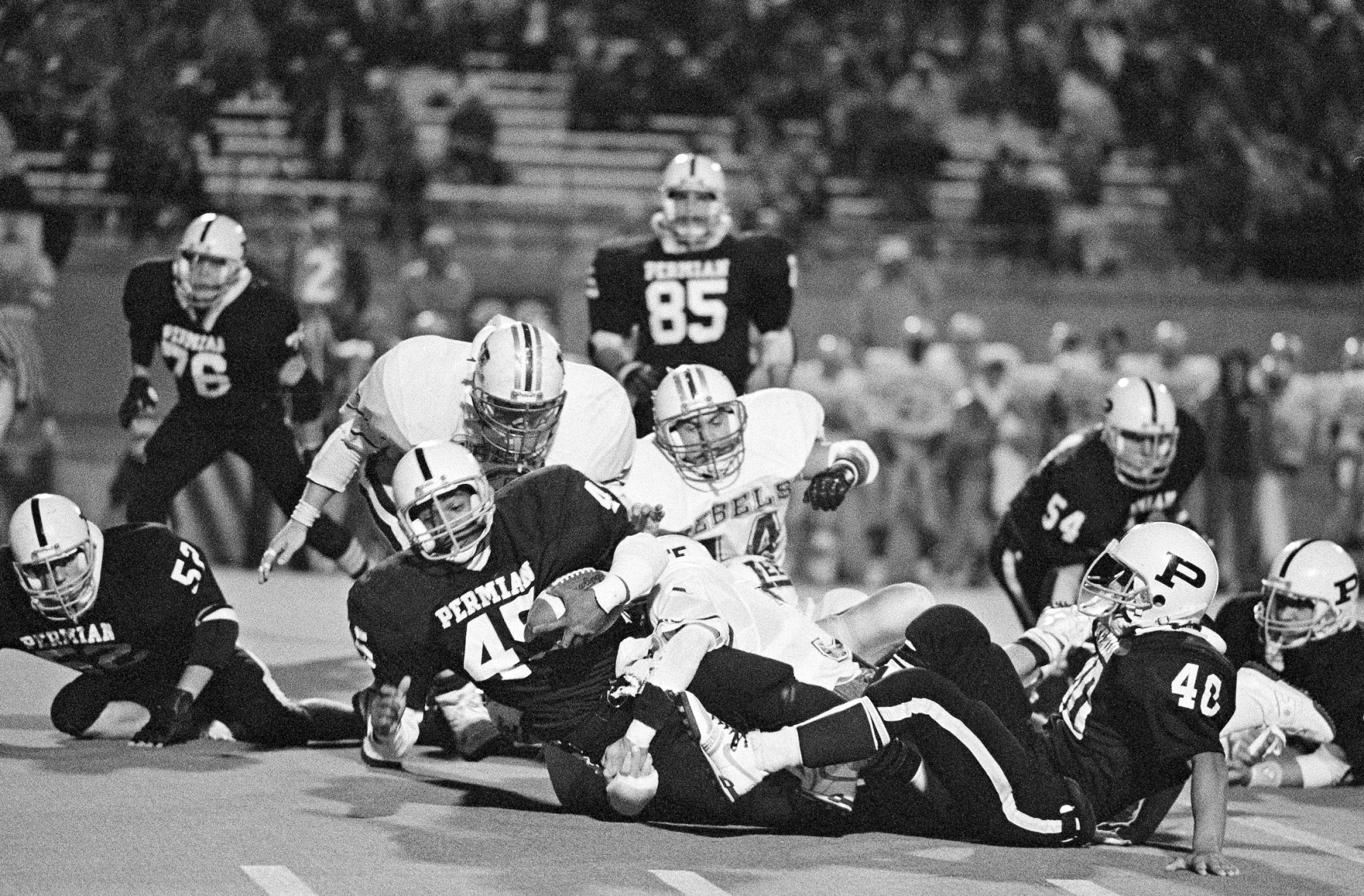
“Comer really became quite the star for them that year,” Clark says. “The next season, he did an amazing job and Permian were state champions. He was a great kid and almost had 4,000 yards rushing in his career. Comer is Permian’s third all-time leading rusher with 3,724 yards in two seasons as starter. That’s pretty amazing. He was so good. The really sad thing is, Chris died when he was 46 years old. He went in for an operation and didn’t come out. It was a very sad turn of events.”
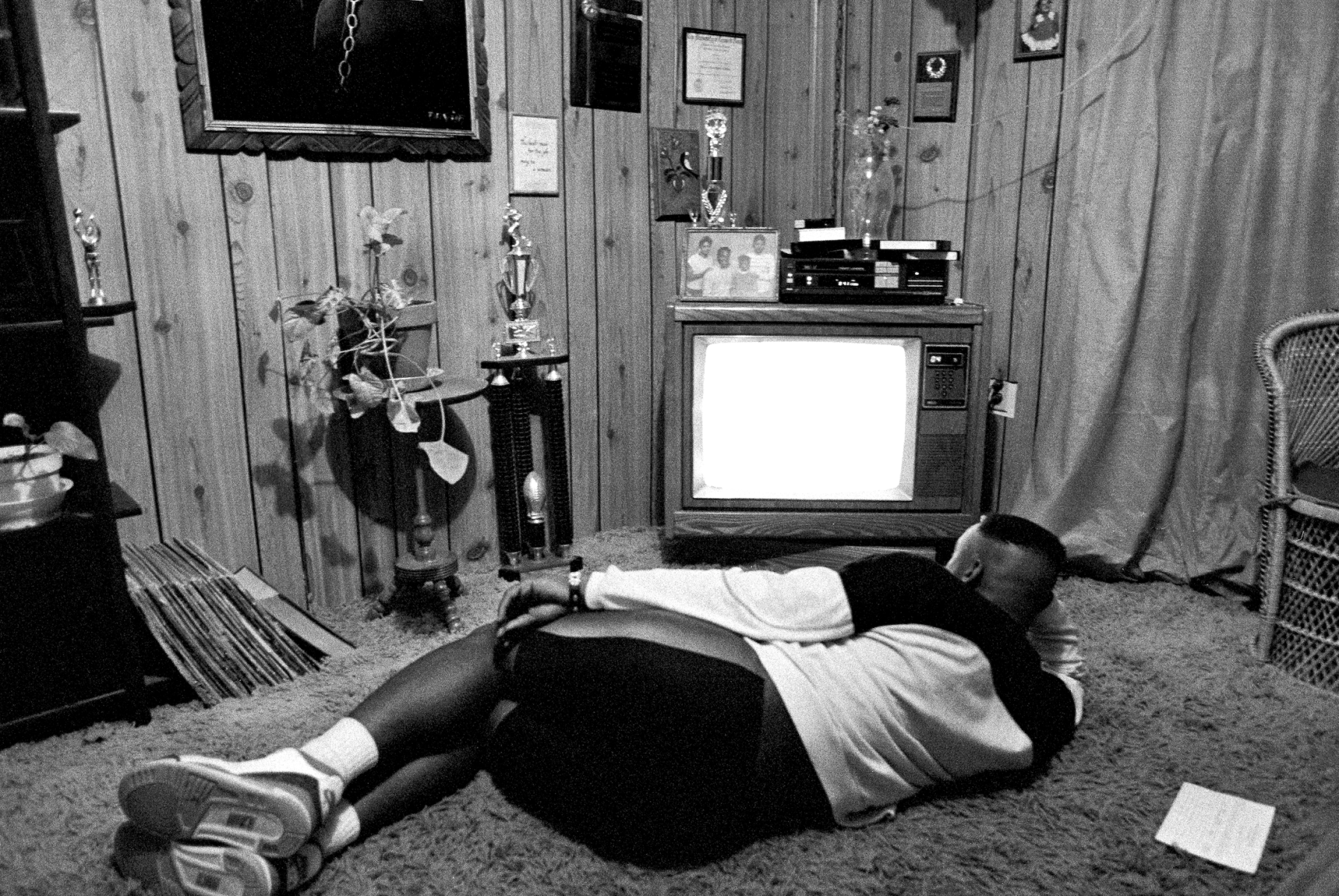
“Bobbie was the star running back, but his career basically ended on kind of a nothing play in spring football during a scrimmage,” Clark says. “This is after he got hurt. He was watching a highlight film of himself. It’s kind of glory days — thinking about what might’ve been. In a lot of ways, when he got hurt and his time was over, he hadn’t been prepared for anything else in his life. The school passed him and gave him good grades as long he was a good football player. After that, they didn’t didn’t help him out much. They kind of used him up and spit him out.”
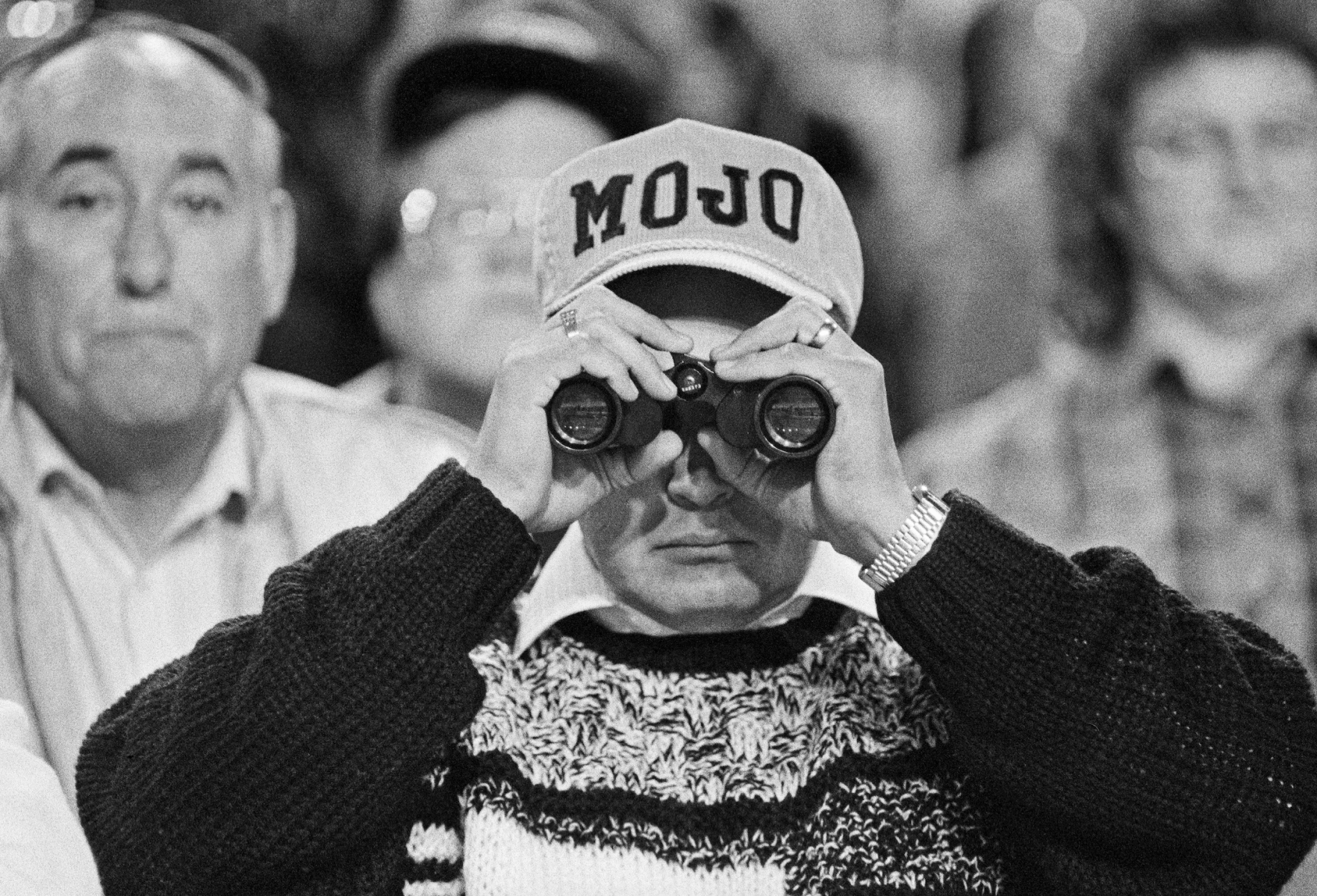
“That’s a guy just watching the game. It’s pretty serious football down there and the town comes out and really supports the guys,” Clark says. “Mojo refers to black magic or something like that, but they have no real concept of where it came from. There’s no definitive reason. Some people said it was the shortening of a guy’s name. It’s the rallying cry of the Panthers and it has come to be like a mascot.”
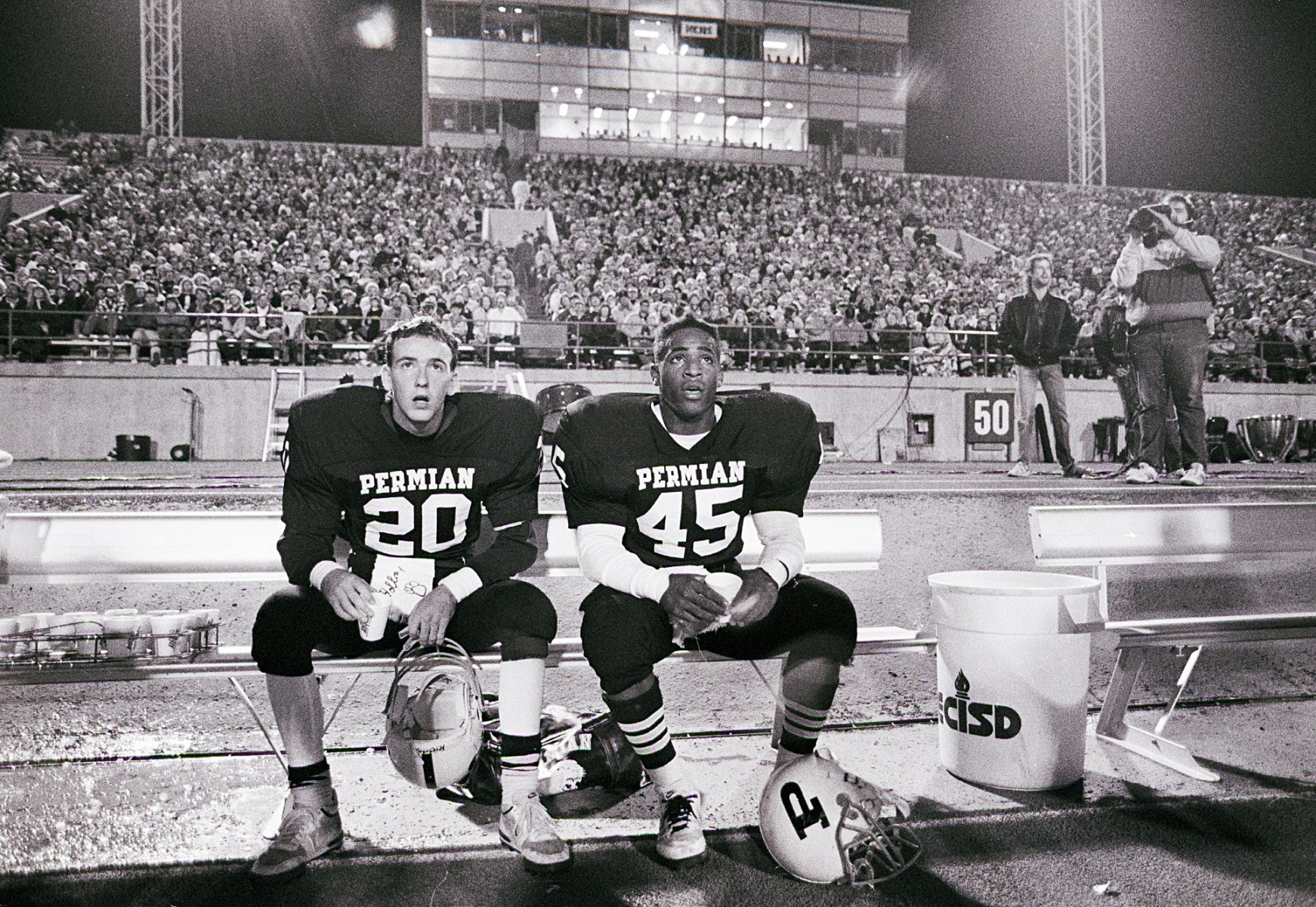
“This was fairly late in the game. Winchell was the quarterback and Comer was the running back,” Clark says. “There’s a whole series of them looking around and then their mouths are kind of agape because of a play they just watched. I wouldn’t say they were dejected, but they were a little concerned about where the game was going.”
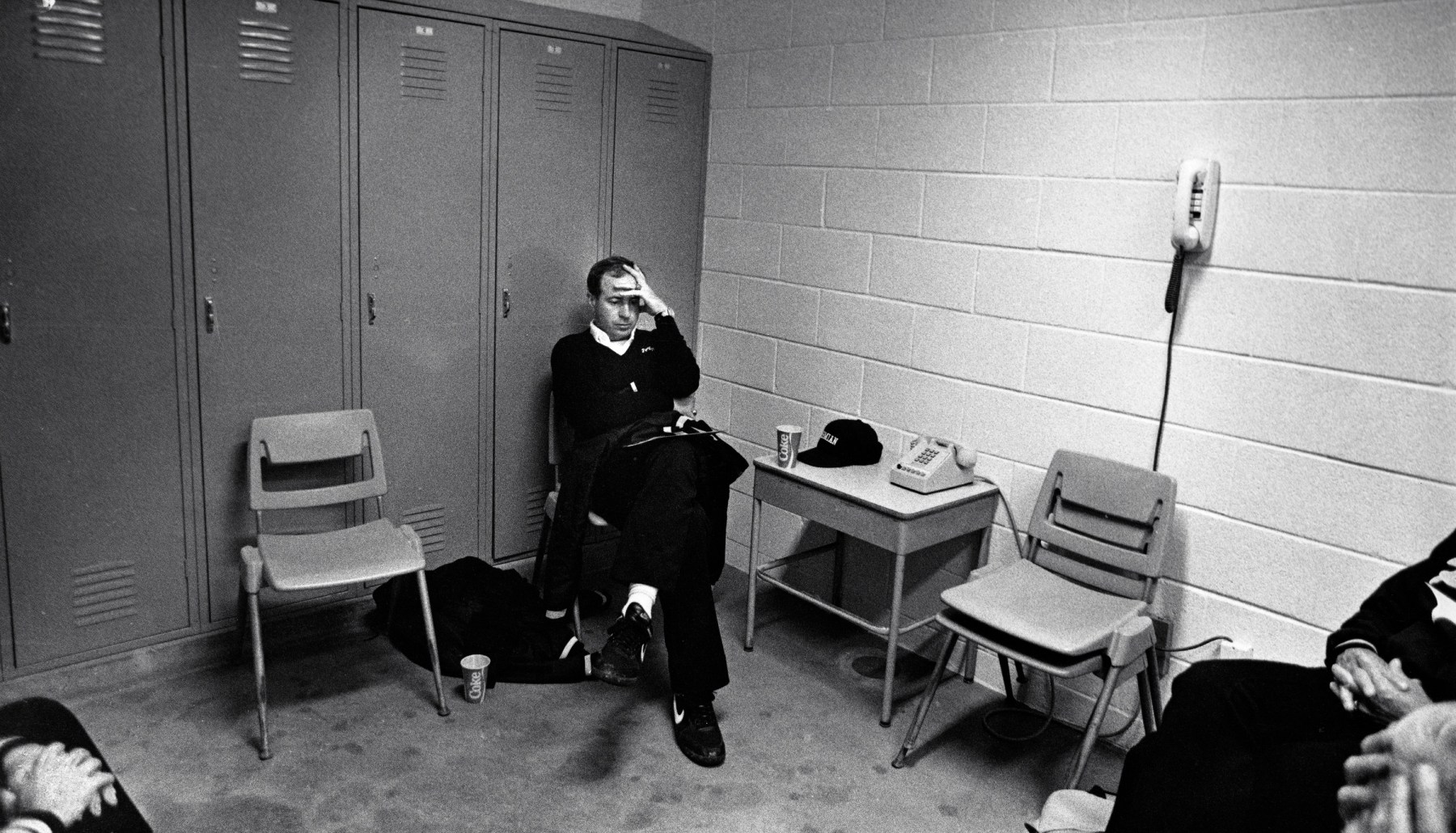
“The pressure on the coach, let alone the pressure on the kids, is intense,” Clark says. “I think they lost two games that season. The day after this picture was shot, people put ‘For Sale’ signs in the front yard of his house. So it’s like, ‘If you don’t win, you’re going to move.’ The next year they won a national championship and were undefeated, 16-0. He actually went on to Texas A&M and I think was a backfield coach or something.”
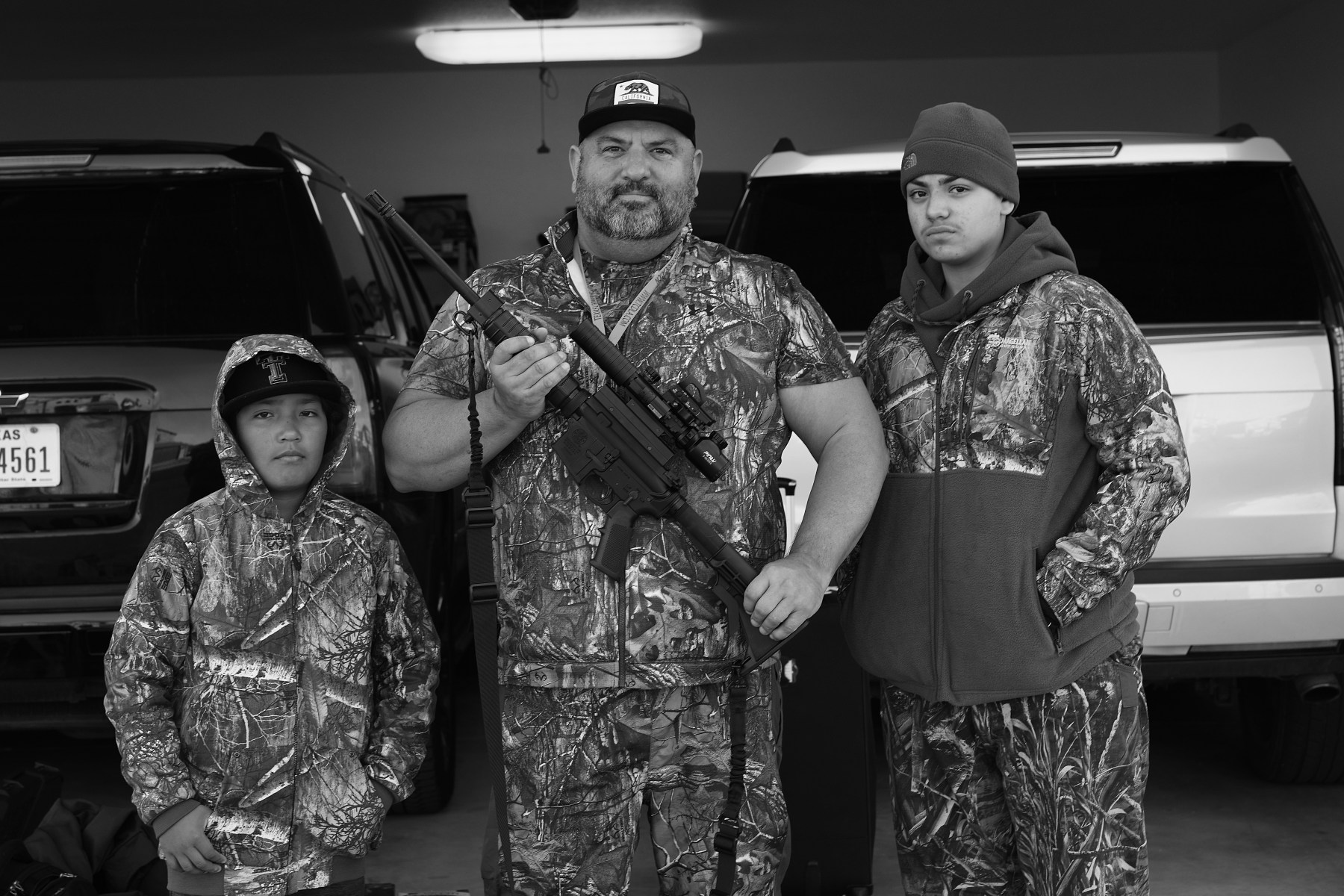
“I went out to see Brian and he was getting ready to go out hunting,” Clark says. “He went to Harvard and then University of Texas Law School and he’s a super smart guy. I would say he’s probably a good Democrat, but he’s out there in the part of the world where, Democrat or not, you go hunting.”
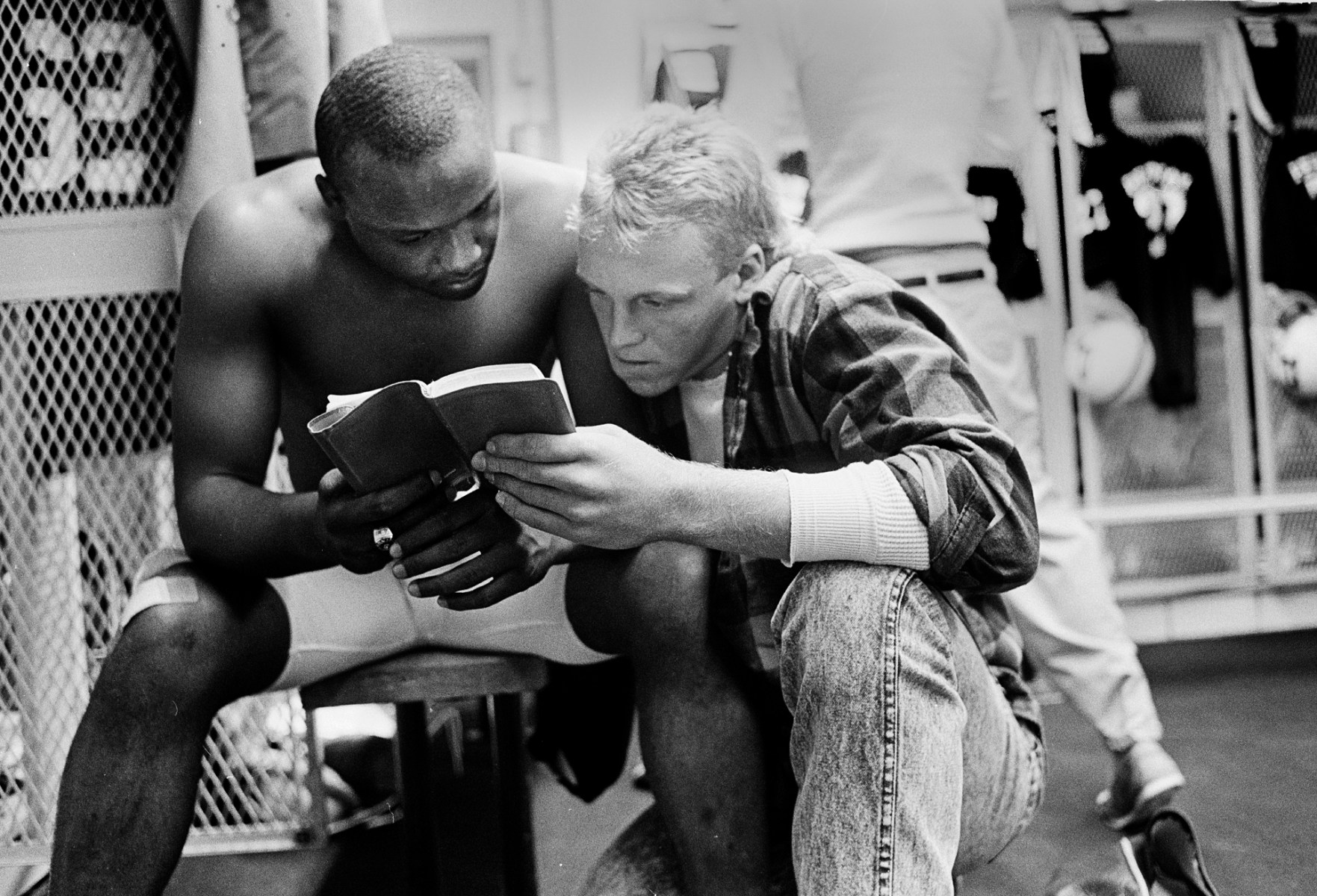
“They called Ivory preacher because he was a religious kid and went to church on Sundays,” Clark says. “He also took part in the services. I think he may have been a deacon or something at his church. They’re reading scripture to try to find strength. This was in the locker room before they changed into their uniforms about three hours before a game.”
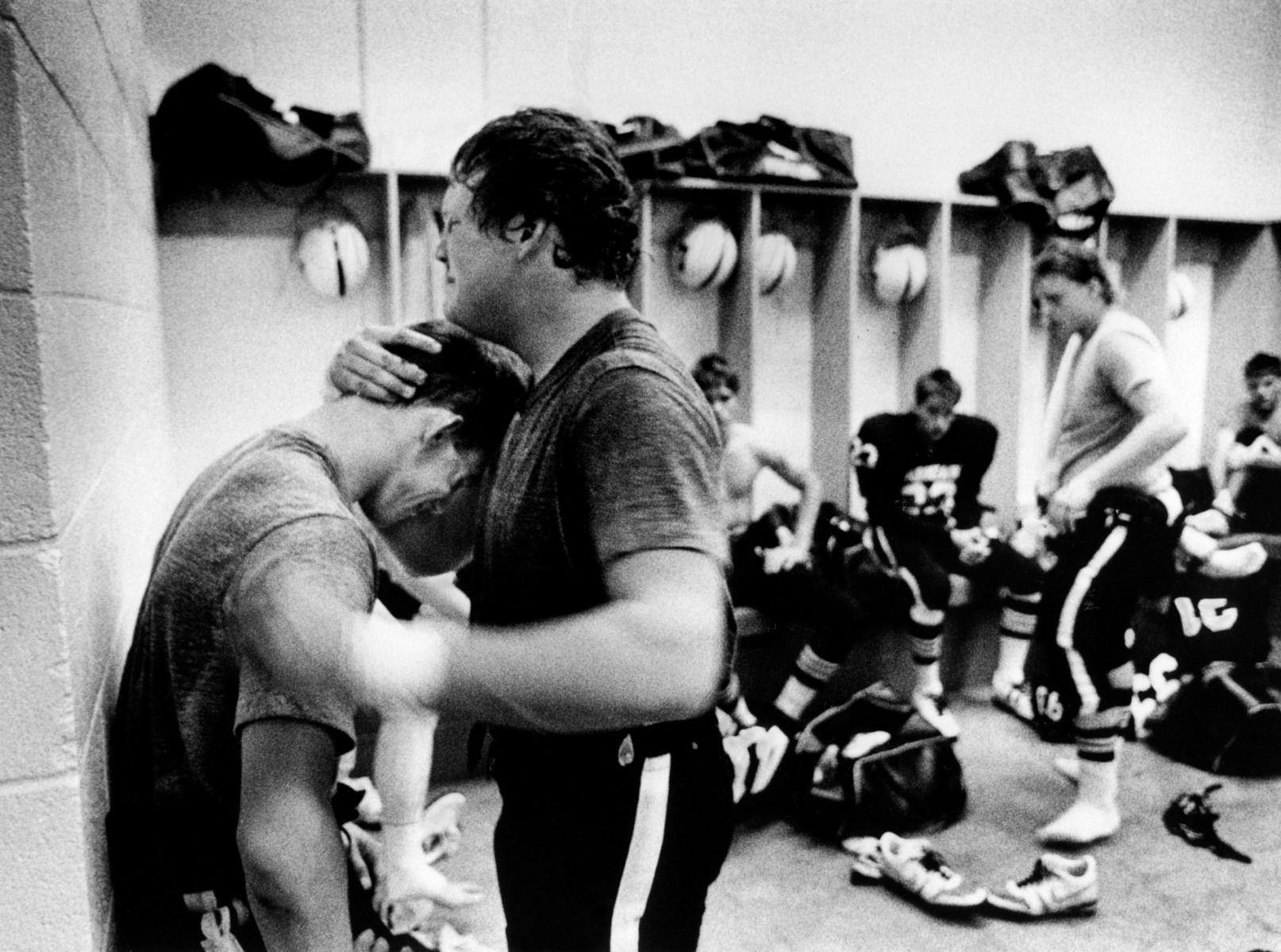
“Jerrod was smashing the wall and crying after the loss,” Clark says. “He was very emotional and really one of my favorite players. I just always liked him. He wasn’t the most talented player, but he played with a lot of heart. You have to realize that it was a national program in a lot of ways. There was a lot of pressure on these kids. The town depended on them, the school depended on them. It’s kind of where they got a positive sense of their identity.”
Nearly two decades before America met Coach Taylor, Tyra Collette and Tim Riggins thanks to a TV series on NBC, author Buzz Bissinger shone a spotlight on the world of Texas high school football in Friday Night Lights: A Town, a Team, and a Dream. The photography for the book, which chronicles the 1988 season of the Permian High School Panthers football team in Odessa, Texas, was shot by Robert Clark, then in his early 20s.
Although Bissinger only published about 20 of the photos, Clark shot 137 rolls of film while he was in Texas, and has used some of those photographs in his book Friday Night Lives, a collection of never-before-seen images from his time embedded with the Panthers. “Looking back at these kids, I wasn’t that much older than them at the time. And I remembered my time as a high school athlete and things,” Clark tells InsideHook. “I think I drew upon those experiences to help me shoot this successfully.”
After catching up with Clark last year, we asked him to fill us in on the back-stories that attend a dozen pictures from the book. Here’s what he told us.
Whether you’re looking to get into shape, or just get out of a funk, The Charge has got you covered. Sign up for our new wellness newsletter today.
The InsideHook Newsletter.
News, advice and insights for the most interesting person in the room.
Thanks for signing up.
Check out our other expertly curated newsletters — our weekly travel dossier, our daily deals roundup — right this way.
Send this article to your friends
Thanks for sharing,
Sign up for InsideHook to get our best content delivered to your inbox every weekday. It’s free. And awesome.



